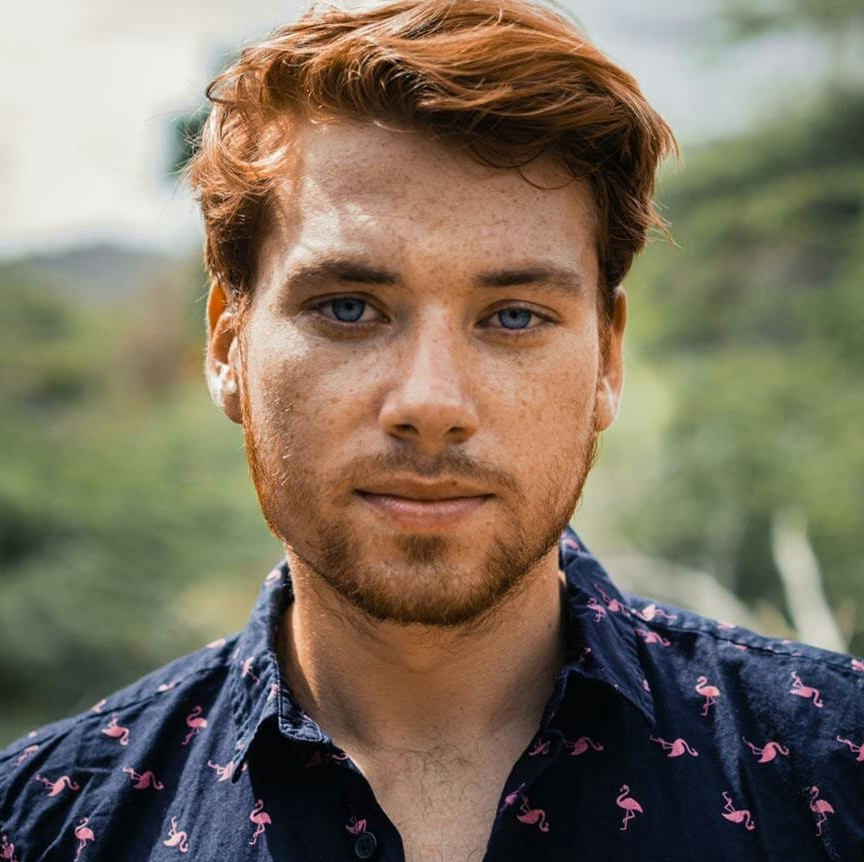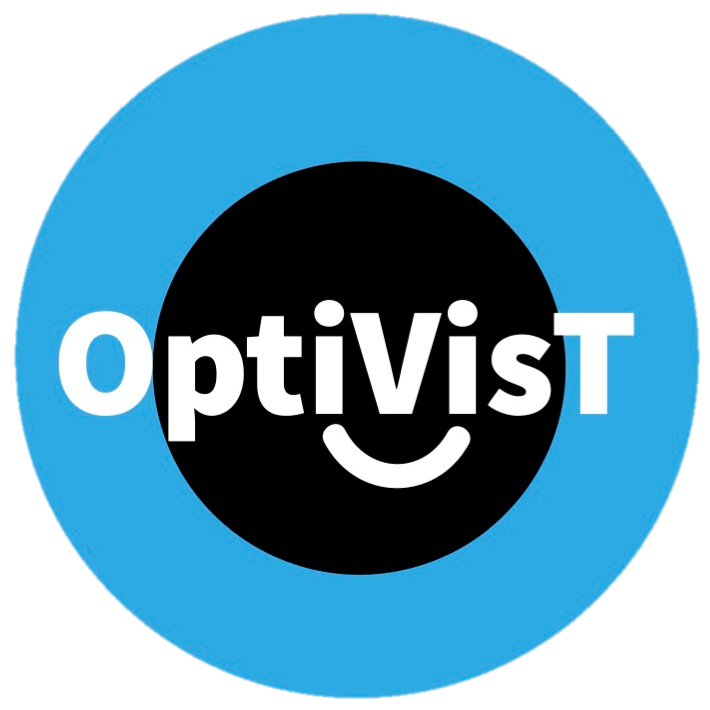WARD NIEBOER

Classification of sports-related functional vision
Update Nov. 2024
In August 2021, I kicked-off my PhD journey by joining the classification department of the International Paralympic Committee in Bonn, Germany. In this department I am involved in projects within the Paralympic movement, and I am supervised by Tea Cisic, head of classification, and Marieke Creese, VI classification manager. From an academic point of view, I am enrolled at the Free University of Amsterdam and my academic supervisor is dr. David Mann – who as an optometrist and sport scientist, is an expert in the field.
Personal Background and Interest:
In the summer of ’21, I graduated as a Human Movement Scientist. On the side, I worked as a research assistant for a research group in the Ophthalmology clinic. Here I gained valuable experience in vision science. Additionally, working with those PhD students motivated me to pursue my own academic career. With my background in human movement science and vision science, topped with a HUGE passion for sports, I am definitely very happy with my position!
Aim of the project:
Athletes with vision impairment (VI) who compete in the Paralympic Games are placed into one of three ‘sport classes’ to compete against others whose impairment has a similar impact on their sport performance. However, the current classification system is controversial and may not adequately assess the functional vision of athletes. Eye movements are often impacted by VI, yet the classification system does not currently take these impaired eye movements into account. The objective of this project is to apply objective tests of functional vision to protect the interests of sportsmen and -women with genuine impairment. In particular, by leveraging consortium expertise (e.g., UMCG, VU, RPR) and by applying eye-tracking-based tests this project aims to 1) classify sports-relevant functional vision, (2) identify misrepresentation and, (3) study the capacity of athletes to compensate for their vision impairment.
Current activities:
To date, I tackled all research questions outlined above. I’m currently putting everything together in my thesis, which will be submitted soon..!
Future directions:
I will join the VR4eVR project as a postdoc at the Visual Neuroscience department of the UMC Groningen! Super exciting 🎉
My OptiVisT experience:
Oh boy, where to start. I learned SO MUCH - not only academic skills and such but also a lot about myself. Colleagues turned into friends. Traveled the world for data collections, conferences, workshops, and such. I have been the most privileged PhD student ever!
Project output
I have presented my work at several national and international conferences, amongst which Vision Science Society (2023, Florida), and the North-American Society for the Psychology of Sport and Physical Activity (2023, Toronto).
- Nieboer, Ward; Mann, David L.: Eye tracking for the classification of visual function in individuals with vision impairment (Accepted for Review) Investigative Ophthalmology and Visual science.
- Nieboer, Ward; Ms. Carin M. Svendsen , Dr. Kjell van Paridon , Debbie van Biesen , Dr. David L. Mann. How people with vision impairment use their gaze to hit a ball (Accepted for Publication) Translational Vision science and Technology
- Nieboer, Ward; Ghiani, Andrea; de Vries, Ralph; Brenner, Eli; Mann, David; Eye-tracking to quantify visual function in individuals with vision impairment: A systematic review Journal of Vision 23 9 4707-4707 2023 The Association for Research in Vision and Ophthalmology
- Nieboer, Ward; Ghiani, Andrea; De Vries, Ralph; Brenner, Eli; Mann, David L; Eye Tracking to Assess the Functional Consequences of Vision Impairment: A Systematic Review Optometry and Vision Science 100 12 861-875 2023 LWW
- Nieboer, Ward; Svensen, Carin; Van Biesen, Debbie; Mann, David; An assessment of the construct validity of a performance test for visually impaired tennis players Journal Of Sport & Exercise Psychology 45 S40-S40 2023 Human Kinetics
- Nieboer, Ward; Svensen, Carin; Van Biesen, Debbie; Mann, David; Gaze dynamics in vision-impaired tennis: Unravelling strategies for serve returns Journal Of Sport & Exercise Psychology 46 S38-S38 2024 Human Kinetic
Contact
Interested in my work and want to get in touch? Send me an e-mail (w.nieboer@umcg.nl) or follow me on X (@NieboerWard).

